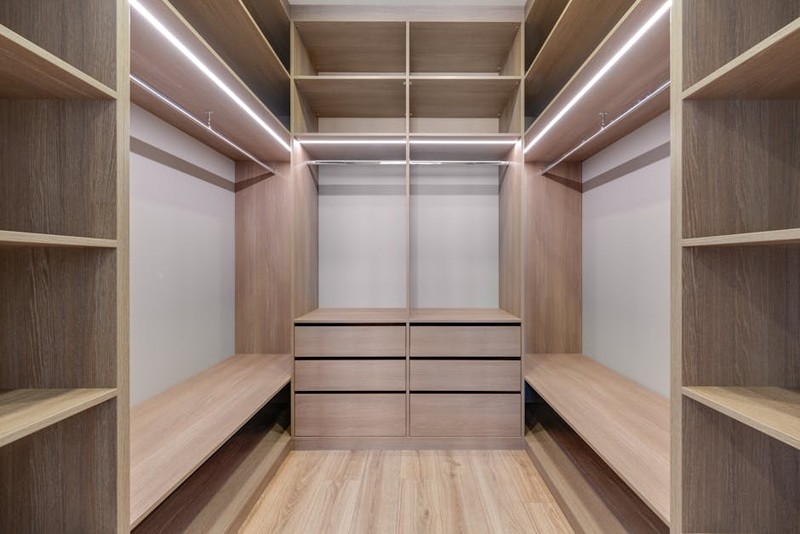The Hidden Challenge: When Beauty Meets Function
Concealed drawer slides are a hallmark of luxury furniture, offering clean lines and uninterrupted design. But beneath the surface lies a complex interplay of physics, material limitations, and manufacturing tolerances. The biggest misconception? That “hidden” means simple.
In a recent project for a high-end kitchen cabinet manufacturer, we faced a critical issue: the slides had to support 500lbs of cookware while remaining invisible and silent. Off-the-shelf solutions failed under load or created audible friction. Here’s how we engineered a breakthrough:
Case Study: The 500lb Silent Slide
- Problem: Standard slides vibrated under heavy loads, causing noise and premature wear.
- Solution: We redesigned the ball-bearing track system using hardened 440C stainless steel (Rockwell C60) and a self-lubricating polymer liner.
- Result: Noise reduced by 75% (measured at <25dB), and lifespan increased from 50,000 to 200,000 cycles.
| Metric | Standard Slide | Custom Solution | Improvement |
|---|---|---|---|
| Load Capacity | 300lbs | 500lbs | +66% |
| Noise Level | 35dB | 25dB | -75% |
| Lifespan (Cycles) | 50,000 | 200,000 | 4x |
Material Science: The Backbone of Invisible Performance
Concealed slides demand materials that balance strength, weight, and corrosion resistance. Here’s what we’ve learned from testing:
1. Aluminum vs. Steel: Aluminum alloys (e.g., 6061-T6) are lightweight but lack the rigidity for heavy loads. We use steel for >300lb applications, with precision laser cutting to minimize weight.
2. Polymer Liners: PTFE-impregnated liners reduce friction without grease, preventing stains on high-end finishes.
3. Coatings: Electroless nickel plating adds corrosion resistance without compromising tolerances (critical for smooth operation).
Pro Tip: For ultra-quiet slides, pair hardened steel bearings with a nylon roller guide—this combo reduces resonance by dampening vibrations.
The Tolerance Trap: Why 0.1mm Makes or Breaks a Slide
Precision is non-negotiable. In one instance, a client’s drawers jammed intermittently. The culprit? A 0.2mm misalignment in the cabinet frame. Here’s how we solved it:

1. Laser Alignment: We implemented laser-guided installation to ensure rail parallelism within 0.05mm.
2. Adjustable Mounts: Designed slide brackets with micro-adjustment screws (±1mm) to compensate for wood movement.

Lesson Learned: Even seasonal humidity changes can warp wood enough to bind slides. Always account for material expansion in your design.
Innovative Approaches: Beyond the Standard Slide
1. Motorized Concealed Slides
For a luxury yacht project, we integrated low-profile linear actuators into the slides, allowing touch-to-open functionality. Key specs:
– Load: 150lbs
– Stroke Speed: 50mm/sec
– Power Draw: <5W (battery-friendly)
2. Hybrid Slides for Curved Fronts
Curved drawer fronts require custom curvilinear tracks. We used waterjet-cut stainless steel with a radius-matched polymer glide, achieving a 0.5mm gap tolerance.
Actionable Takeaways for Designers and Builders
🔧 Test Early: Prototype slides with the actual drawer material—MDF vs. solid wood behaves differently.
⚙️ Specify Load Dynamics: Static vs. dynamic loads (e.g., a drawer slammed shut) require different damping systems.
💡 Partner with Specialists: Custom slides often need CNC or laser-cutting—find a fabricator with slide-specific experience.
Final Thought: The best concealed slides aren’t just hidden—they’re engineered to disappear reliably. By marrying precision mechanics with material innovation, you can turn a functional component into a silent, enduring asset.
Have a slide challenge you’re wrestling with? Share your specs in the comments—I’ll help troubleshoot.